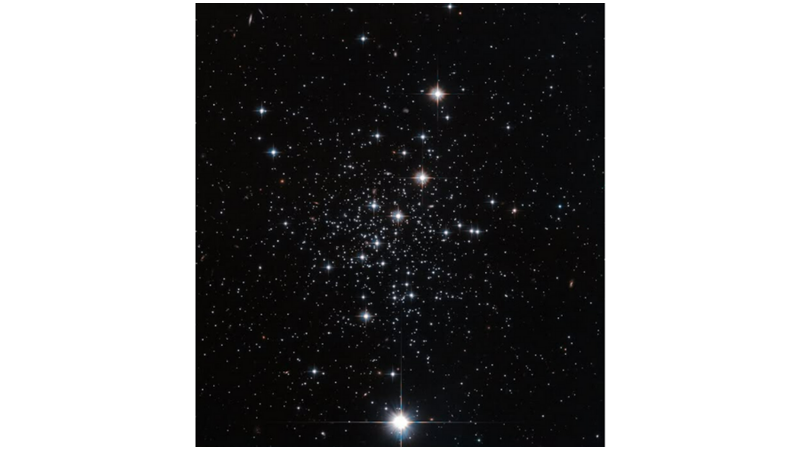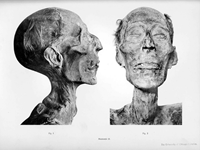When astronomers studied the globular star cluster seen in this image captured by NASA Hubble, they discovered that it is about 30% younger than similar clusters in the Milky Way. If Palomar 12 had formed in our galaxy, it would be the same age as other globular clusters - suggesting it doesn't belong here.
Further investigation revealed that Palomar 12 was actually torn apart and dragged here about 1.7 billion years ago by tidal interactions between its former home, the Sagittarius Dwarf Elliptical Galaxy, and the Milky Way. This dwarf galaxy, once home to Palomar 12, is a satellite of the Milky Way, orbiting closely around us and occasionally passing through our galactic plane.
Globular clusters like Palomar 12 are 50 to 450 light-years across and can contain tens of thousands to millions of stars packed tightly together. Because they contain so many stars, globular clusters are one of the most easily spotted formations in the night sky; sky enthusiasts can even see many of them with the naked eye.
Image description:
A star cluster interspersed against the darkness of space. Larger, brighter stars - some with diffraction spikes - are arranged in a pattern vertically across the center of the image.
Credit: ESA, NASA


 Nielawore
Nielawore









Yorumlar
nice
Yorum yazmak için lütfen giriş yapınız